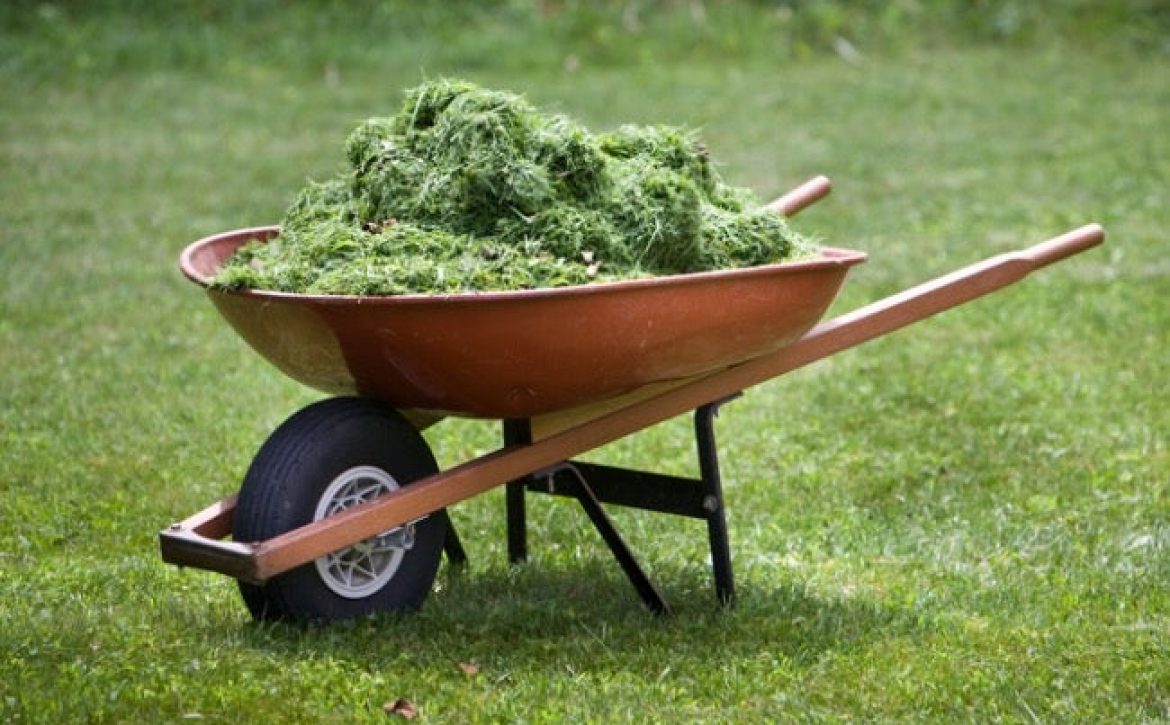How to Use Grass Clippings for Your Vegetable Garden
Maintaining a vegetable garden can be quite challenging, especially if you have a large space to cover. However, with the right techniques, you can make your garden more productive and easier to manage. One of the most effective methods to achieve this is by using grass clippings to enhance your garden’s soil quality. In this post, we’ll explore the techniques, advantages, and what not to do when using grass clippings for your vegetable garden.
Techniques:
- Mulching: Mulching involves spreading a layer of grass clippings over the soil to improve moisture retention and suppress weed growth. You can collect the clippings with a grass catcher attachment and then distribute them over your vegetable garden. This technique is particularly useful in hot weather when the soil can easily dry out.
- Composting: Composting is another technique that involves mixing grass clippings with other organic materials such as food waste, leaves, and manure to create a nutrient-rich soil amendment. You can use a lawnmower with a mulching blade to chop up the clippings into smaller pieces, which will speed up the composting process.
Advantages:
- Nutrient-rich soil: Grass clippings are an excellent source of nitrogen, which is essential for plant growth. By using grass clippings for your vegetable garden, you can increase the nutrient content of your soil, leading to healthier plants and higher yields.
- Reduced water usage: Mulching helps to retain moisture in the soil, reducing the amount of water needed to keep your plants healthy. This is particularly useful in drought-prone areas where water conservation is crucial.
- Cost-effective: Using grass clippings for your garden is an inexpensive way to enhance your garden’s soil quality, as you’re using a readily available resource that would otherwise be discarded.
What not to do:
- Use herbicide-treated grass: If you use herbicide-treated grass clippings in your vegetable garden, you risk contaminating your soil and plants with harmful chemicals. To avoid this, make sure you use untreated grass clippings only.
- Use grass from unknown sources: Using grass clippings from an unknown source can introduce weed seeds and pests into your garden, which can be challenging to control. It’s best to use grass from your own lawn or a trusted source.


